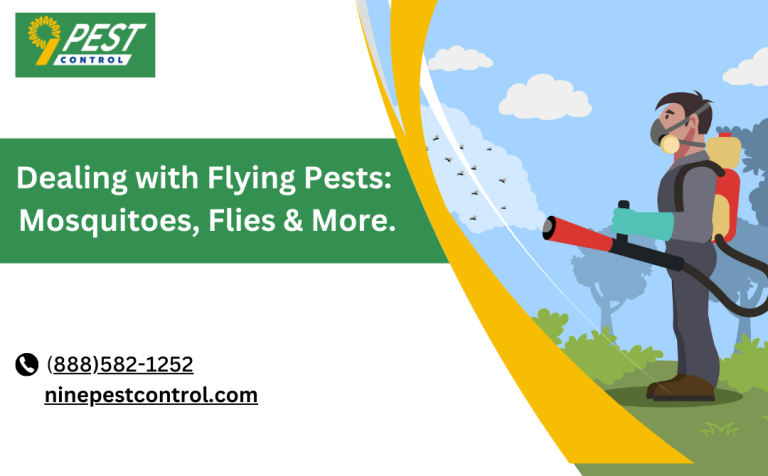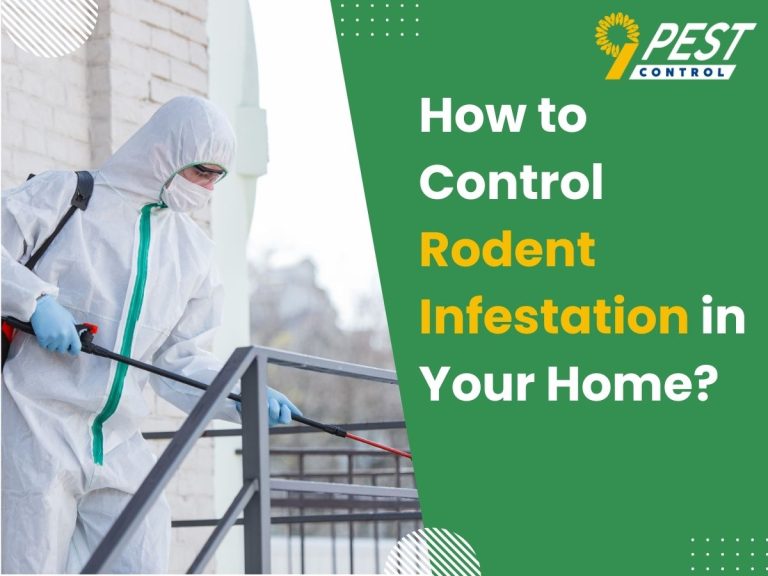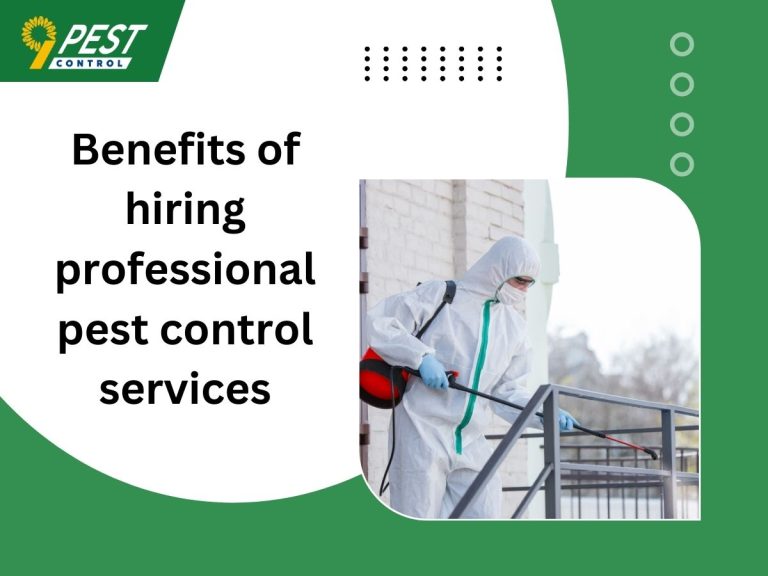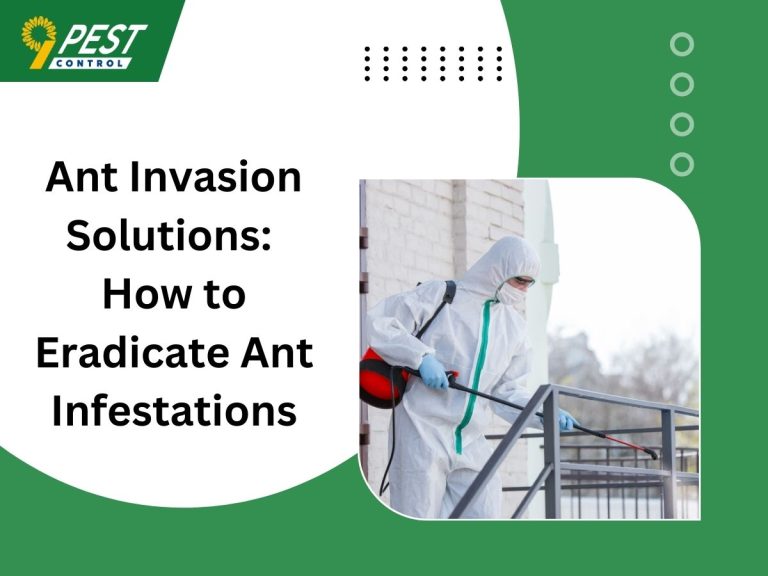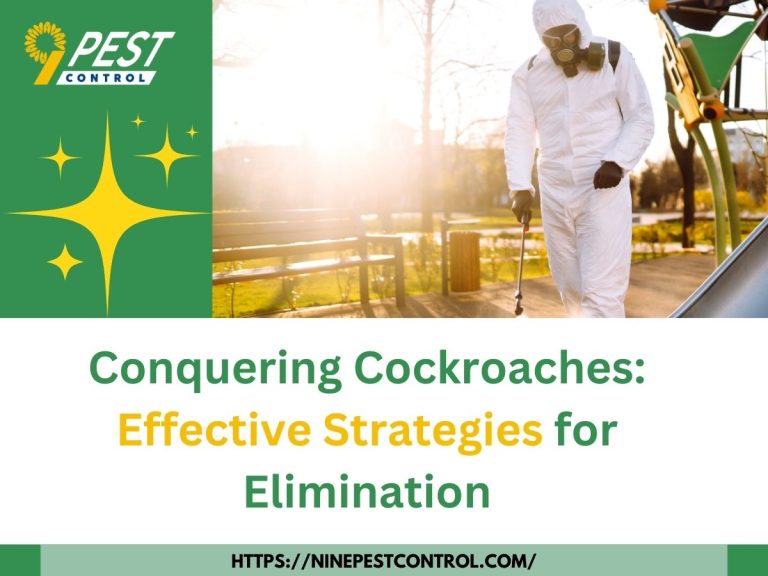Comprehensive Guide to Wildlife Pest Control
Wildlife pest control is essential for keeping your home safe from unwanted animal intrusions that can cause damage and health risks. Did you know that over 60% of American homes face wild pest issues yearly? Wildlife like squirrels, raccoons, and birds increasingly invade homes, causing significant damage and health risks. For instance, raccoons alone can cost homeowners thousands in repairs annually.
You will learn about the most common types of pests, effective wildlife control methods, and humane trapping techniques. We’ll also explore prevention strategies to keep wild animals away from your home. By the end, you’ll know how to protect your property and ensure a safe, pest-free environment for your family. Let’s discuss the essentials of comprehensive wildlife pest control.
What Are the Most Common Wildlife Pests in Homes?
Wildlife pests range from small rodents to larger animals, each causing its own set of issues. Here are the top culprits we often deal with:
- Squirrels: They’re cute, but they can cause major structural damage. Squirrels love nesting in attics, chewing wires, and creating fire hazards.
- Raccoons: Known for their “bandit masks,” raccoons are intelligent and curious, often causing damage while scavenging. They can open garbage cans, damage rooftops, and even harm domestic animals.
- Birds: Different bird species may nest around homes, causing noise, droppings, and property damage.
- Rodents: Mice and rats are small but can infest a property quickly. They carry diseases and chew through anything—wood, plastic, even wiring.
Why Is Wildlife Pest Control Essential?
Living with wildlife sounds dreamy—until you realize they’re chewing on your wires or nesting in your walls. Unwanted wildlife can carry pests, create structural damage, and threaten your household’s safety. Here are a few reasons why wildlife control is essential:
- Disease Prevention: Wildlife often carries diseases and parasites that can spread to humans, such as Lyme disease and leptospirosis, posing real health risks to your household.
- Property Protection: Animals like rodents and raccoons can cause severe structural damage by chewing wires, nesting in walls, and even digging through insulation, leading to costly repairs.
- Safety of Pets and Family: Some wildlife, such as raccoons and larger animals, can be aggressive, threatening the safety of pets and even young children in the home.
- Reduction of Pest Populations: Animals like birds and rodents attract secondary pests, including mites and fleas, which can further invade and contaminate your living spaces.
- Preserving Home Value: Regular wildlife control maintains your property’s value, prevents damage, and ensures a safe, clean environment for future buyers or renters.
What Are the Most Effective Wildlife Pest Control Services?
Wildlife pest control isn’t a one-size-fits-all job. The right approach depends on the pest, the property, and the desired outcomes. Here’s what effective wildlife control looks like:
- Inspection: Every job begins with a thorough inspection. Our specialists assess the infestation’s extent, checking for entry points and assessing potential damage.
- Customized Solutions: Each wildlife removal plan is tailored. Squirrel removal, for example, requires different handling than bird control. We design exclusion techniques specific to each species.
- Dead Animal Removal: Sadly, sometimes, animals die within walls or hard-to-reach spaces. Our team provides professional dead animal removal, preventing odour issues and health risks.
- Ongoing Prevention: Wildlife control doesn’t end with removal. We help you with prevention measures, from sealing entry points to advising on deterrents to minimize future encounters.
How Can You Prevent Wildlife from Returning?
Prevention is key when it comes to wildlife pest control. Here are a few effective steps:
- Secure Food Sources: Wildlife loves easy access to food, so secure garbage bins, pet food, and outdoor feeding areas.
- Seal Entry Points: Animals can squeeze through surprisingly small gaps. Sealing holes around your roof, basement, and garage can stop them from entering.
- Trim Vegetation: Keep trees and shrubs trimmed, especially if they’re close to your home. This removes easy access points for squirrels and raccoons.
- Regular Inspections: Schedule regular inspections to spot and address potential entry points before they become an issue.
How Do You Choose the Right Wildlife Control Service?
Choosing a reliable wildlife control service ensures the safety of both your property and the animals. Here’s what to look for in a company:
- Experience and Expertise: Wildlife control requires specialized knowledge. Look for companies that understand different wildlife species and use humane techniques.
- Customer Service: Excellent customer service is key. A reliable company will answer your questions, provide clear information, and handle each job professionally.
- Range of Services: Ensure the company offers a wide range of wildlife removal options, from squirrel removal to dead animal removal and everything in between.
- Humane Methods: If you prioritize animal welfare, ask if the company uses humane trapping and exclusion techniques.
At Nine Pest Control, we take pride in providing a comprehensive range of wildlife control services that prioritize customer satisfaction and animal welfare.
Protect Your Home with Nine Pest Control
Wildlife pest control doesn’t have to be stressful or harmful. With the right knowledge and reliable help, you can manage wildlife humanely and effectively. If you’re dealing with a wildlife issue or want to prevent future infestations, Nine Pest Control is here to help. Our pest exterminators are equipped with the best tools, techniques, and knowledge to handle all types of wildlife. From humane trapping to exclusion methods, we’re committed to providing safe, ethical solutions tailored to your needs.
Don’t wait for more damage—contact Nine Pest Control today for a safer, pest-free home. Your peace of mind is just a call away!
FAQS
1. What are the most common wildlife pests found in homes?
Common wildlife pests include squirrels, raccoons, birds, rodents like mice and rats, and other small animals that can cause property damage and health risks.
2. Why is wildlife pest control important for homeowners?
Wildlife pest control prevents diseases, protects property from structural damage, ensures safety for pets and families and helps maintain your home’s value.
3. How can I tell if I have a wildlife infestation in my home?
Signs include strange noises (scratching or scurrying), droppings, unpleasant odors, gnawed wires, and visible entry points like holes or gaps in walls or roofing.
4. What humane methods are used for wildlife removal?
Humane methods include live trapping, exclusion techniques, and non-lethal deterrents to safely remove and relocate animals without causing harm.
5. How can I prevent wildlife from entering my home again?
Secure food sources, seal entry points, trim vegetation near your home, and schedule regular inspections to prevent future wildlife intrusions.
6. Do wildlife pests pose health risks to humans?
Yes, wildlife can carry diseases like Lyme disease, leptospirosis, and hantavirus, as well as secondary pests like mites and fleas, which can spread to humans and pets.


